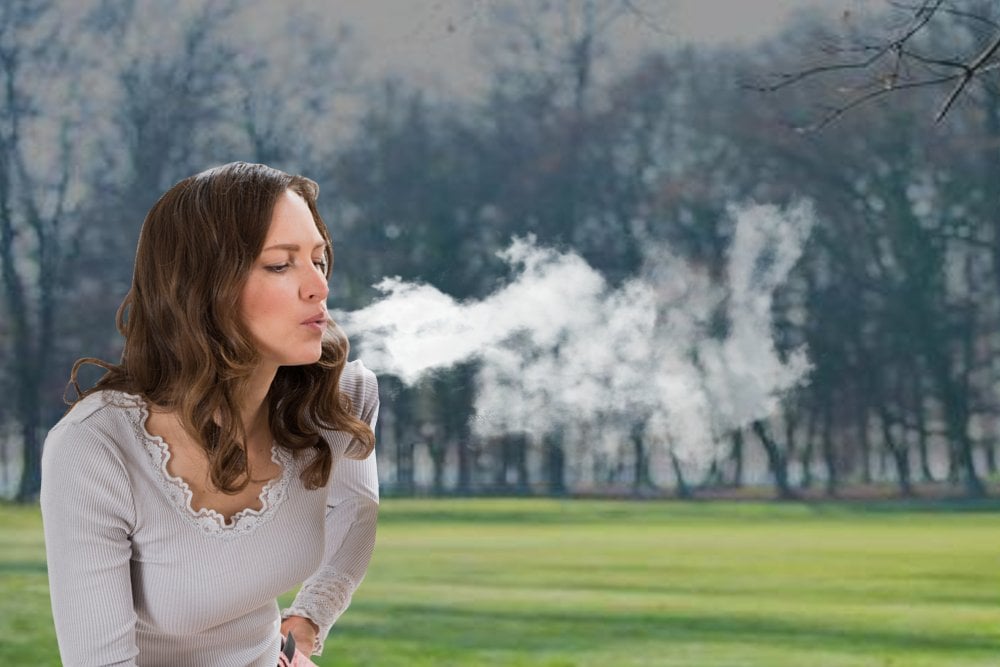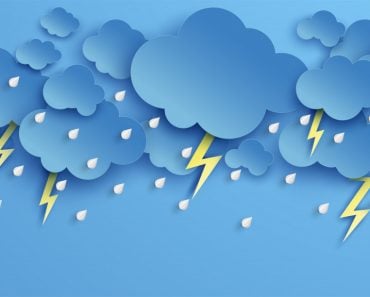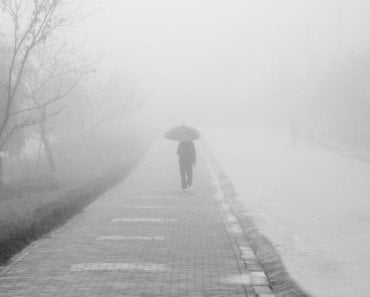The water vapor in your exhaled breath comes into contact with the cold air outside and forms tiny water and ice droplets, which collectively appear as a thick cloud of breath. The air that you exhale is completely saturated with moisture and is at a higher temperature than the cold air outside. As a result, the water vapor in the exhaled air loses its energy rapidly when it comes in contact with the cold air outside. This makes the gas molecules in the water vapor slow down and clump together, thus becoming very tiny particles of liquid water.
While walking outside on a particularly cold day, have you ever wondered why you can we see your breath in winter or fall, but never in spring and summer?
Recommended Video for you:
Why Is Exhaled Breath Visible On A Cold Winter Day?
Short answer: The water vapor in your exhaled breath comes in contact with the cold air outside and forms tiny water and ice droplets, which collectively appear as a thick cloud of breath.

Inhalation And Exhalation
Everyone knows that in order to survive, we need oxygen, which we obtain by inhaling air. That inhaled oxygen is then transported to various parts of the body, effectively keeping all our biochemical processes up and running.
However, for every breath we inhale, we also exhale gases. Most people know that the chief component of that exhaled breath is carbon dioxide, but it’s not the ‘only’ component. We exhale a bit of oxygen too, and a small amount of water vapor – water in its gaseous form – every time we breathe out.
Where Does The Water Vapor In The Exhaled Breath Come From?
Our bodies contain a lot of water; in fact, almost 70% of our body is composed of this life-giving liquid! Furthermore, water is needed for tons of biological processes that go on inside the body, so possessing a high level of water is a very good thing.

Therefore, it shouldn’t come as a surprise that many of our internal organs, including the lungs, are “moist”. Since most activities related to gases, i.e., the absorption, filtration and exhalation of various gases, occur within the lungs, the breath that they ‘excrete’ (i.e., exhale) from the body contains a certain amount of water in the form of water vapor.
You can test this by simply cupping your hands in front of your mouth and breathing into them a few times. Once you take your hands away and rub them together, you will feel moisture between your palms, which means that there is water vapor in every breath you exhale.

The appearance of minuscule clouds of breath on particularly cold days can be attributed to the fact that the moisture in your breath undergoes a rapid change in dew point.
What Is Dew Point?
Dew point is the temperature of air to which it must be cooled (at constant vapor content and constant pressure) so that it becomes saturated with water vapor. In simple words, you could say that the dew point signifies how moist/dry the air is, i.e., it is an indicator of the amount of moisture in the air. So, a higher value of the dew point means that there is more humidity (i.e., high water vapor content). As you can imagine, the measurement of dew point is directly related to humidity.
Air is said to be saturated with water vapor when the dew point temperature and air temperature are equal. Note that the dew point temperature can never be greater than the air temperature. Therefore, when the air cools too much (i.e., when the air temperature drops too far), excess moisture must be removed from the air. This is done through condensation – a process by which water vapor turns into tiny water droplets.

Why Do I See My Exhaled Breath On A Cold Winter Day?
The air that you exhale is completely saturated with moisture and is at a higher temperature than the cold air outside. This makes the water vapor in the exhaled air lose its energy rapidly when it comes in contact with the cold air outside. As a result, instead of moving rapidly (as they did when their energy was higher), gas molecules in the water vapor slow down and clump together, thus becoming very tiny particles of liquid water.

When you exhale on a cold day, the ‘breath cloud’ that subsequently appears is actually water vapor condensed into small droplets of liquid water and ice. This cloud is invisible on hot days, as the warm air supplies adequate energy to the water vapor to keep it in a gaseous state.
Clearly, trying to make a breath cloud on a warm day is essentially impossible.













